Container Grown Pomegranate Trees - Tips On Growing A Pomegranate In A Pot
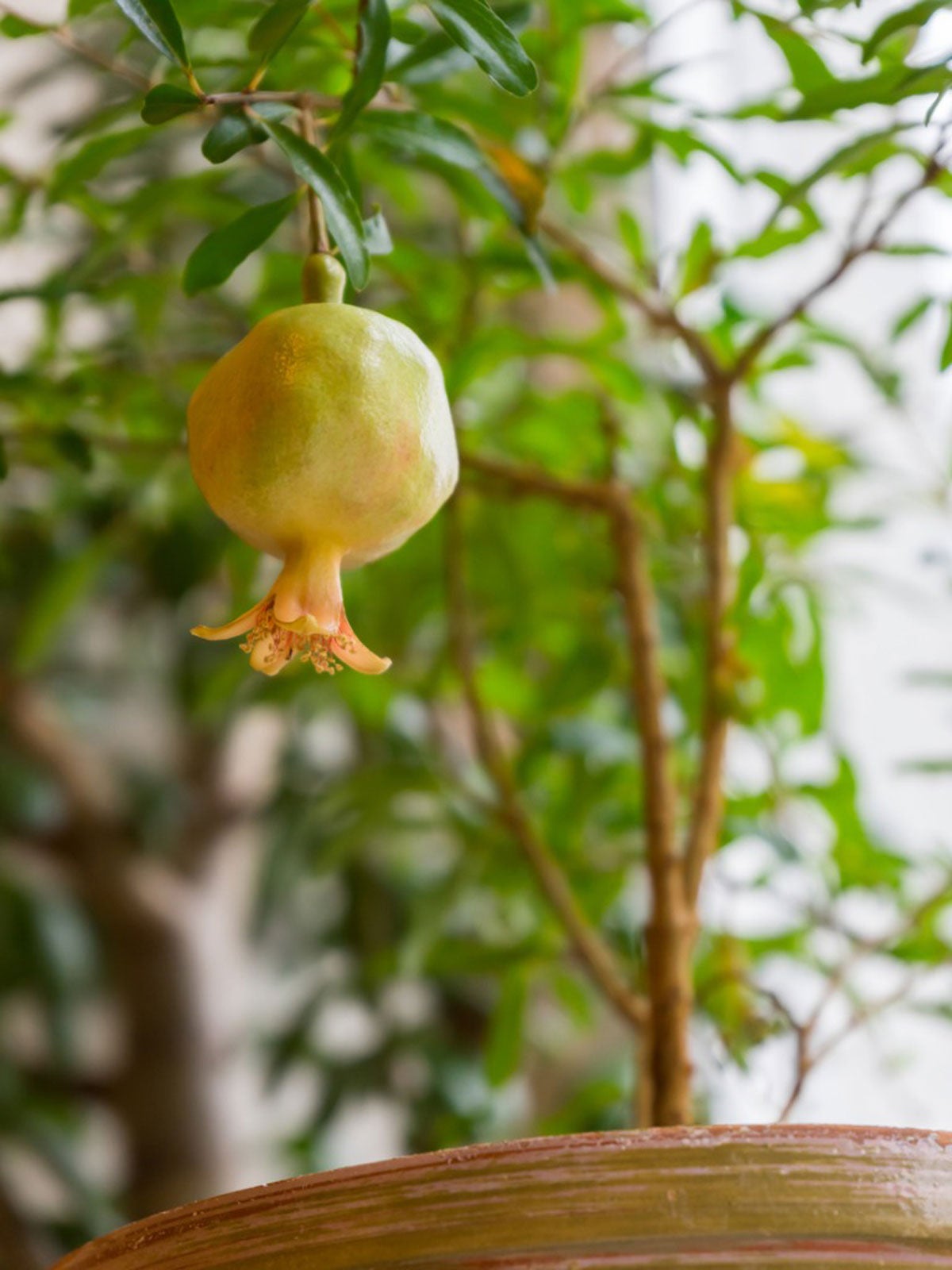
I like food that you have to work at a little to get to. Crab, artichoke, and my personal favorite, pomegranate, are examples of foods that require a little extra effort on your part to get at the delectable interior. Pomegranates are not only delicious but are getting bonus points for their high levels of antioxidants, leading many to try their hands at pomegranate growing. If this includes you, let's look at caring for pomegranate plants with an emphasis on indoor pomegranate trees in containers.
Pomegranate Growing
Pomegranates (Punica granatum) are steeped in history and have been grown for thousands of years through the Mediterranean regions of Asia, Africa, and Europe. Native from Iran to the northern Himalayas, the fruit eventually traveled to Egypt, China, Afghanistan, Pakistan, Bangladesh, Iran, Iraq, India, Burma, and Saudi Arabia. It was introduced to the Americas in the 1500's by Spanish missionaries. A member of the Lythraceae family, pomegranate fruit has a smooth, leathery, red to pink skin surrounding the edible arils. These arils are the edible part of the fruit and are its seeds surrounded by sweet, juicy pulp. The seeds can also be used for planting. Pomegranate trees are grown not only for their juicy, tempting fruit, but also make attractive ornamental specimens with orange-red blossoms prior to fruiting, set off upon glossy, deciduous green leaves. Trees usually have thorns and are grown as a bushy shrub. That being said, pomegranates can be trained as a small tree ideal when growing a pomegranate in a pot.
How to Grow Pomegranate Trees in Containers
Pomegranates thrive in areas of warm, arid conditions. While not all of us reside in such climactic regions, the good news is that growing a pomegranate in a pot is entirely possible. Pomegranate trees in containers can either be grown indoors given sufficient arid provisions, or outdoors during part of the year and moved indoors if cold snaps are imminent. Pomegranates are self-pollinating, so you only need one to set fruit. They are relatively hardy and will bear fruit within the second year. For outdoor or indoor pomegranate trees grown in containers, you will need around a 10 gallon (38 L.) container one-quarter full of potting soil. Set the root ball into the container and begin to fill in around the roots with the soil to the top of the container but not covering the trunk. Water the new tree in well and lightly tamp the soil down to eliminate any air pockets.
Caring for Pomegranate Plants
Pomegranates need full sun. Keep an eye on the weather report and if temps threaten to drop below 40 degrees F. (4 C.), move the plant indoors to a sunny window. Water the tree deeply about once a week, possibly more often during peak summer months. Fertilize the tree with half a cup (118 ml.) of 10-10-10. Spread the fertilizer atop the soil and 2 inches (5 cm.) away from the trunk. Water the food into the soil. During the first two years of the tree's growth, feed in November, February, and May, and thereafter fertilize only in November and February. Prune out any crossing branches or shoots to three to five per branch after the tree's first year. Prune out any dead or damaged limbs in the late winter. Prune out suckers to create a more tree-like appearance. Follow the above tips, and within two years, you'll have delicious pomegranate fruit of your own that last as long as apples (up to seven months!) in cool, dry conditions.
Gardening tips, videos, info and more delivered right to your inbox!
Sign up for the Gardening Know How newsletter today and receive a free copy of our e-book "How to Grow Delicious Tomatoes".

Amy Grant has been gardening for 30 years and writing for 15. A professional chef and caterer, Amy's area of expertise is culinary gardening.
-
 Looking For Plants To Give You The Soft And Fuzzies? Try These 5 Fuzzy Leaf Plant Options
Looking For Plants To Give You The Soft And Fuzzies? Try These 5 Fuzzy Leaf Plant OptionsLovers of texture, drama, silver foliage and tactile plants will adore these special sensory garden additions. These fuzzy leaf plant options will leave you all aglow
By Susan Albert
-
 Get Ready For A Summer Of Hummers! Grow These Full Sun Hummingbird Plants and Flowers
Get Ready For A Summer Of Hummers! Grow These Full Sun Hummingbird Plants and FlowersIf you’re lucky enough to enjoy a sunny backyard, make sure you are maxing out on your pollinator opportunities and grow these full sun hummingbird plants and flowers
By Tonya Barnett
-
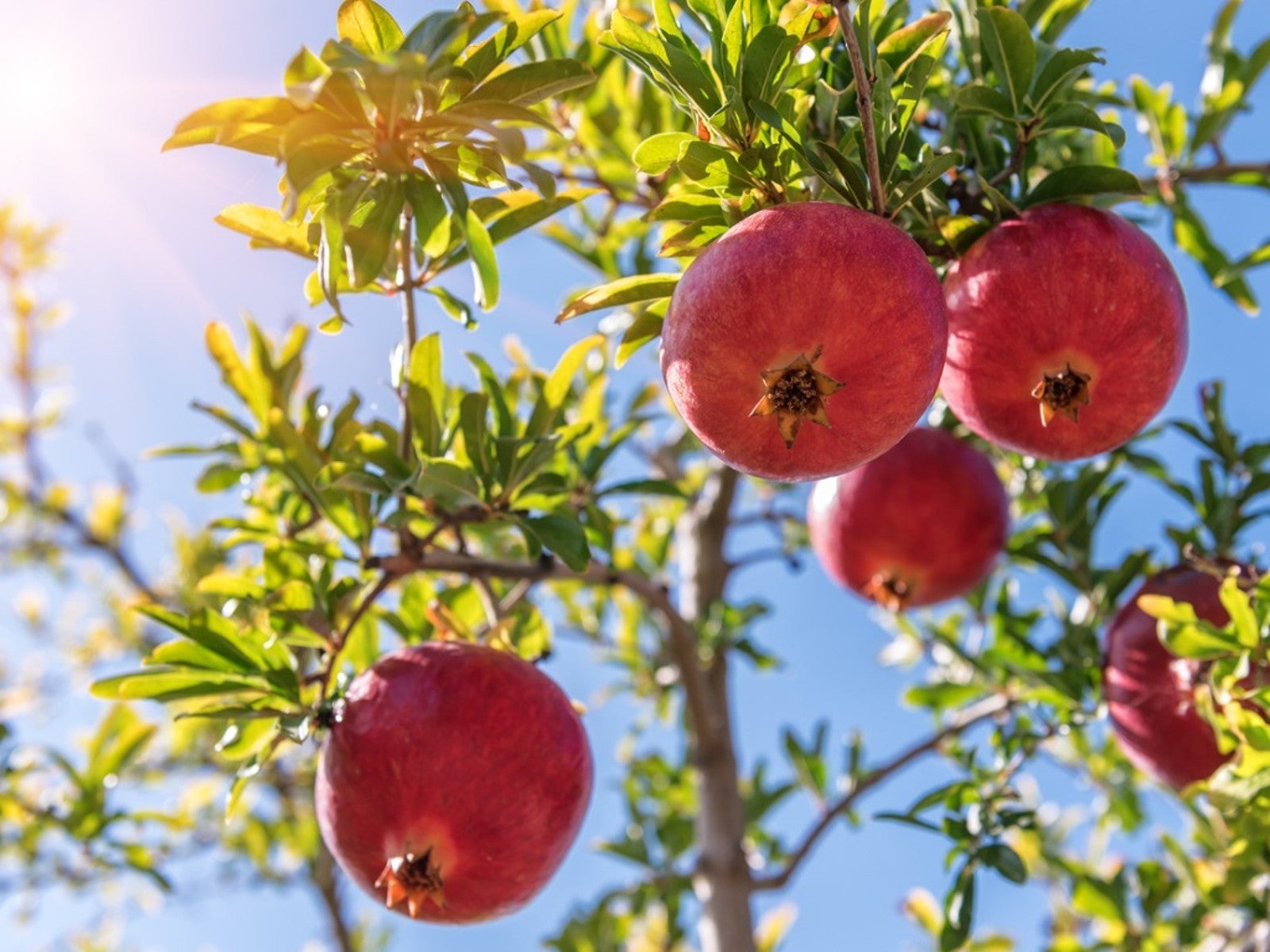 Replanting Container Grown Pomegranate – Tips On Transplanting Potted Pomegranates Outside
Replanting Container Grown Pomegranate – Tips On Transplanting Potted Pomegranates OutsideIt’s pretty easy to transplant a potted pomegranate outdoors. Click for more information on moving a potted pomegranate.
By Teo Spengler
-
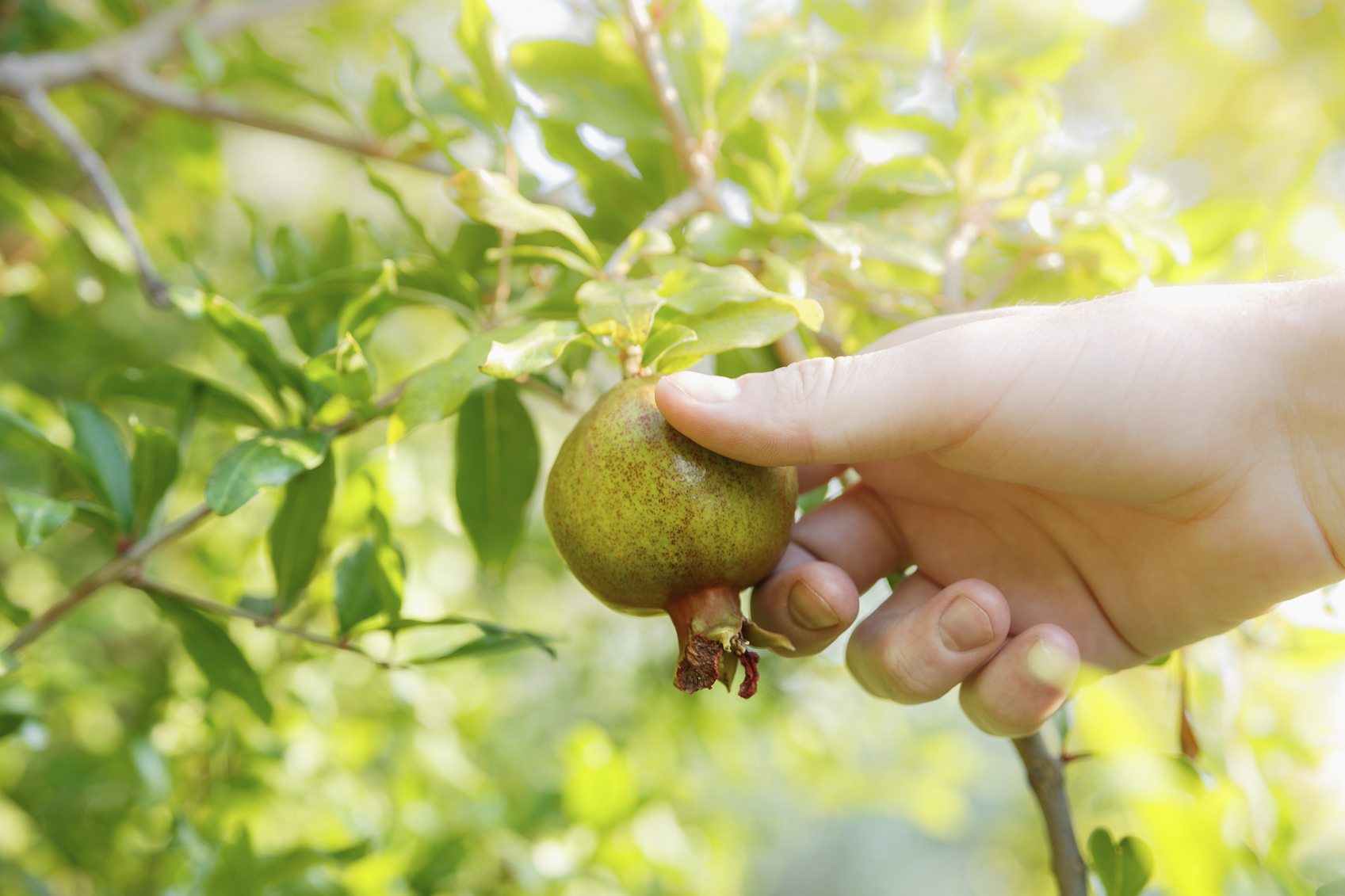 Picking Pomegranates – Learn About Harvesting Pomegranate Fruit
Picking Pomegranates – Learn About Harvesting Pomegranate FruitPomegranates have become so popular that many people in USDA zones 7-10 are trying their hand at growing and picking their own pomegranates. So how and when do you harvest pomegranates? Click this article to learn more.
By Amy Grant
-
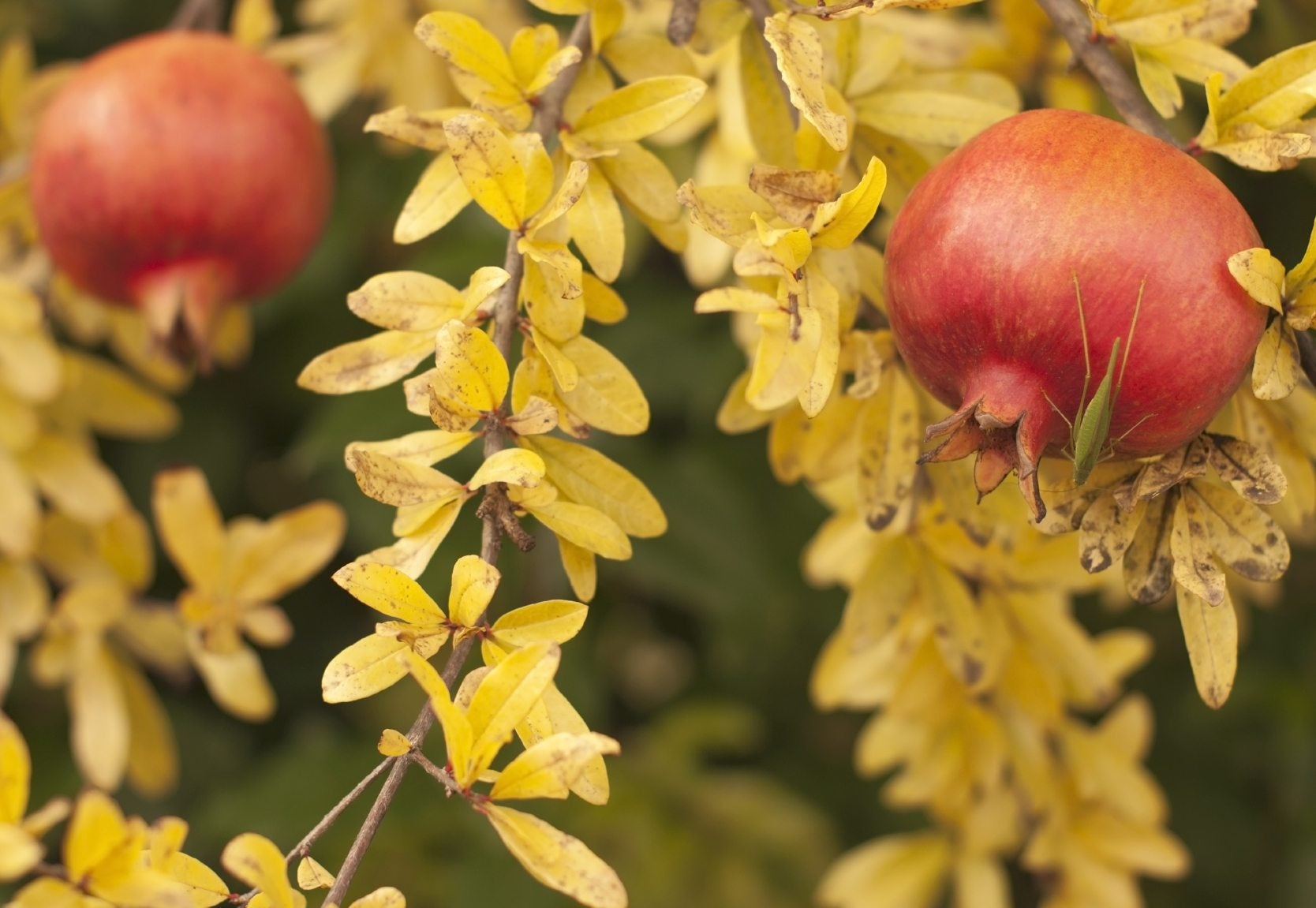 Yellowing Leaves On Pomegranate: Why Pomegranate Leaves Turn Yellow
Yellowing Leaves On Pomegranate: Why Pomegranate Leaves Turn YellowGrowing a pomegranate tree can be a rewarding experience filled with delicious fruits and beautiful juice, but growing these fruit trees isn't all paradise. If your plant is looking a little off, with yellowing leaves, click here to learn how to save it.
By Kristi Waterworth
-
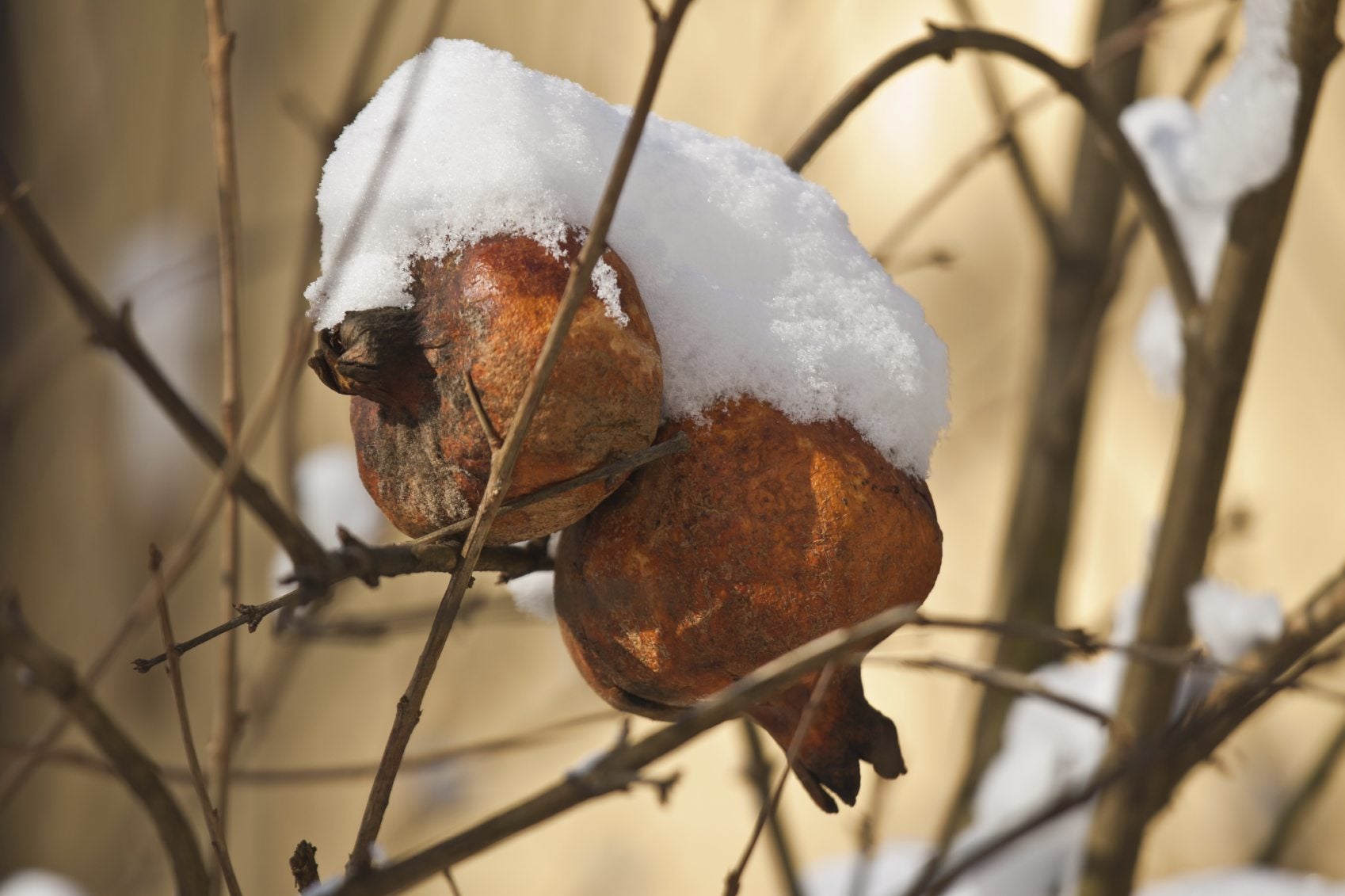 Pomegranate Winter Care: How To Care For Pomegranate Trees In Winter
Pomegranate Winter Care: How To Care For Pomegranate Trees In WinterPomegranates hail from the far eastern Mediterranean so as you may expect they appreciate plenty of sun and should be protected in the winter time. How do you go about overwintering pomegranate trees? Find out in this article.
By Amy Grant
-
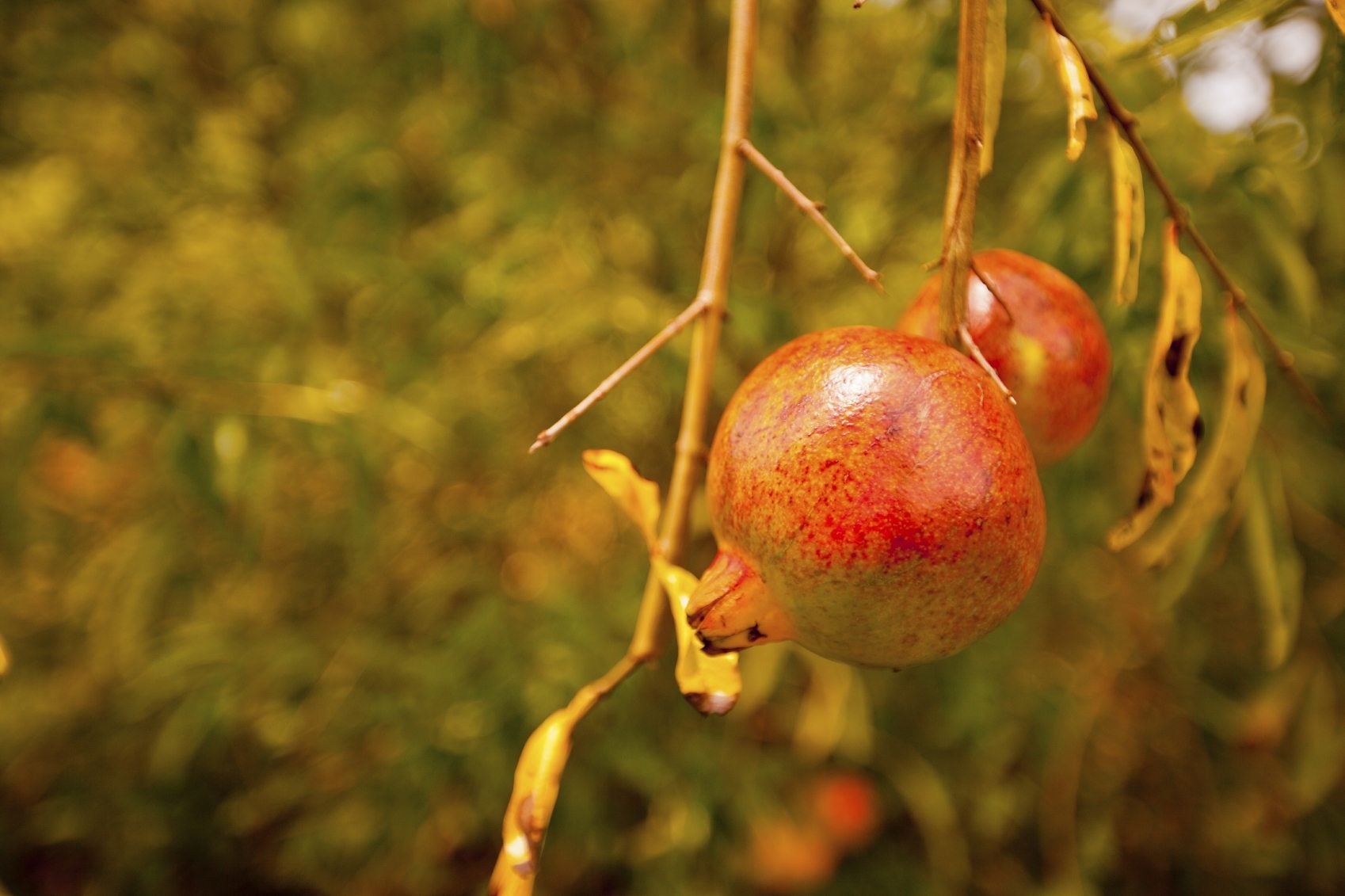 Pomegranate Tree Leaves Falling Off: Why Do Pomegranate Trees Lose Leaves
Pomegranate Tree Leaves Falling Off: Why Do Pomegranate Trees Lose LeavesPomegranates are typically grown for their fleshy, sweet-tart edible fruits. That being said, pomegranate leaf loss can be a frustrating problem for many gardeners. Click on the article that follows to learn why this happens.
By Karen Boness
-
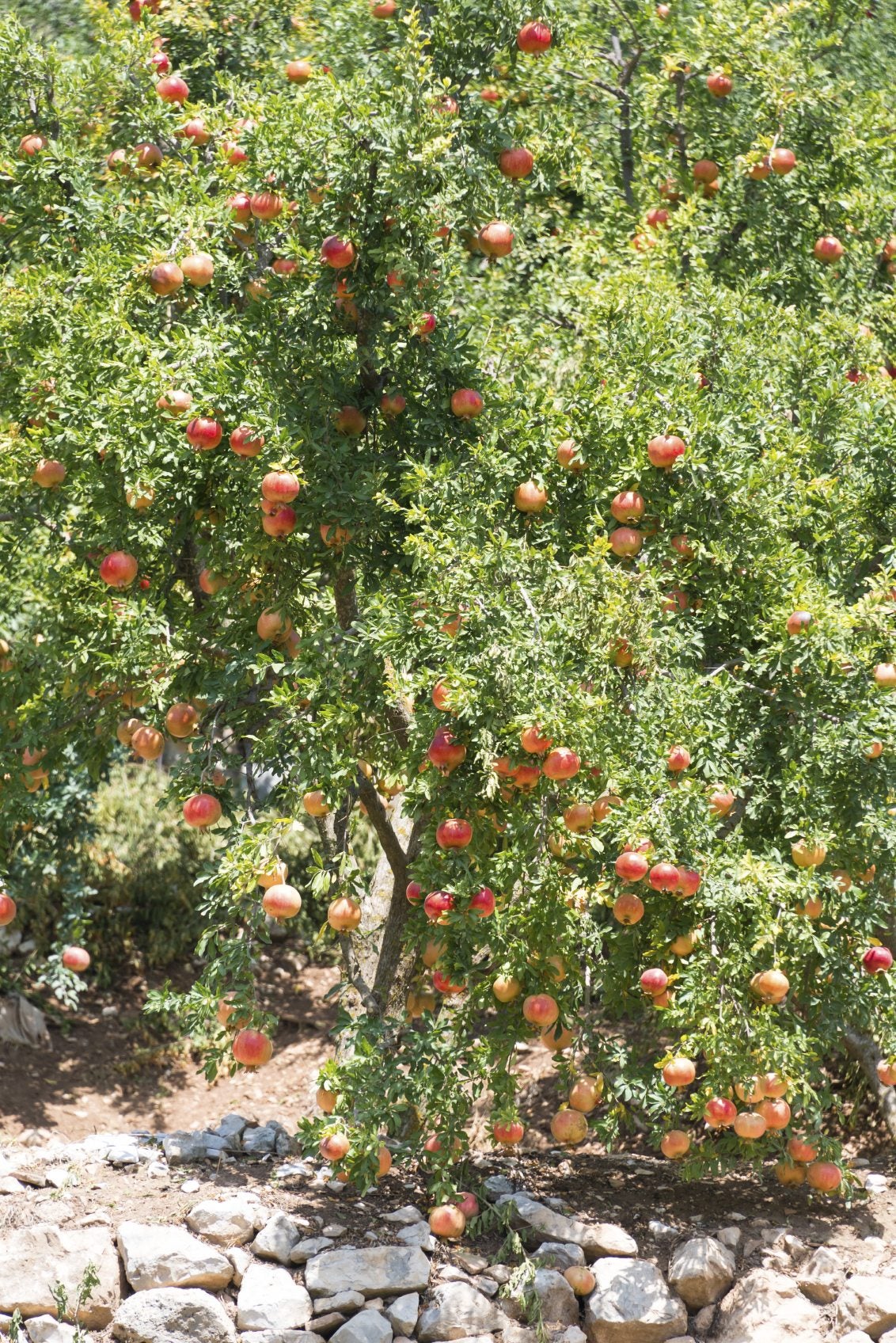 Pomegranate Tree Pruning – Learn About The Cutting Of Pomegranates
Pomegranate Tree Pruning – Learn About The Cutting Of PomegranatesIt is important to prune pomegranate trees properly if you want to increase fruit production and maintain an attractive form. Unfortunately, these two goals are in conflict. Learn more about pruning pomegranates in this article.
By Karen Boness
-
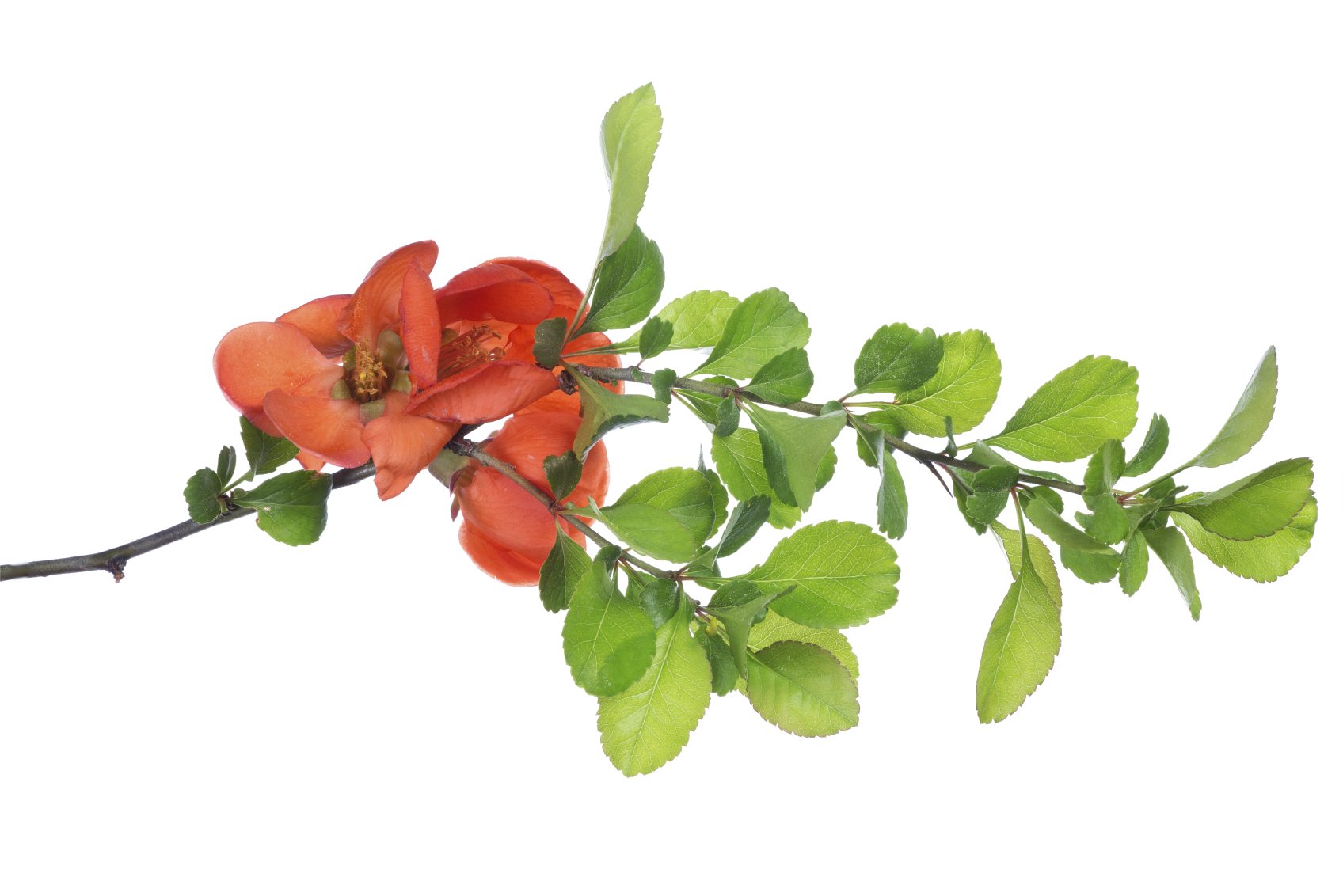 Propagating Pomegranate Trees: How To Root A Pomegranate Tree
Propagating Pomegranate Trees: How To Root A Pomegranate TreeGrowing a pomegranate tree from cuttings is cost-free and relatively easy. Find more information about how to root a pomegranate tree from pomegranate tree cuttings in the article that follows. Click here to learn about pomegranate propagation.
By Teo Spengler
-
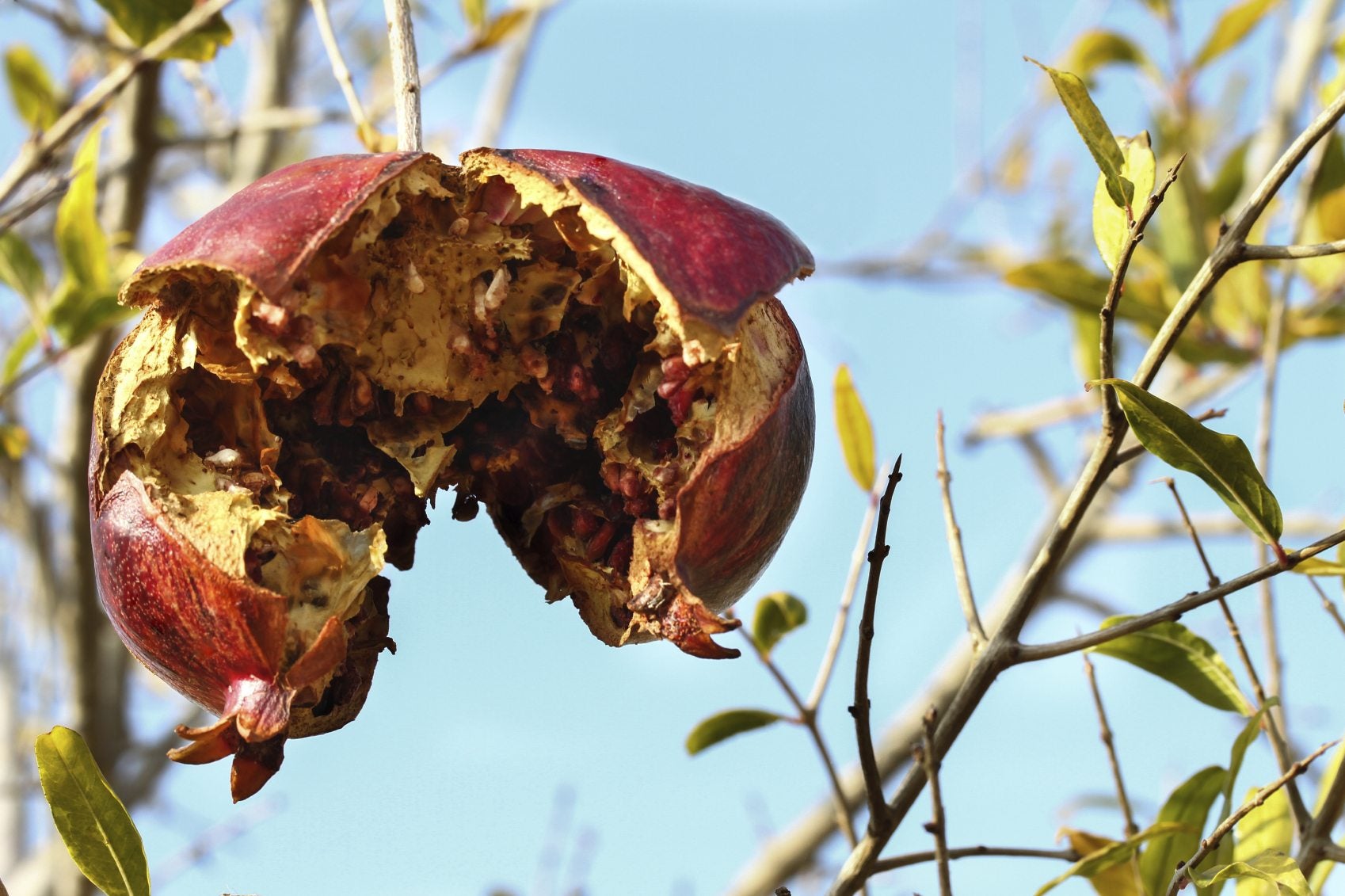 Problems Of Pomegranates: Learn About Diseases In Pomegranate
Problems Of Pomegranates: Learn About Diseases In PomegranatePomegranate fungal diseases are a common issue in plants grown in wet regions. Other diseases in pomegranate are rarer and not permanently damaging to the tree. Learn the problems of pomegranates in this article. Click here for more info.
By Jackie Carroll